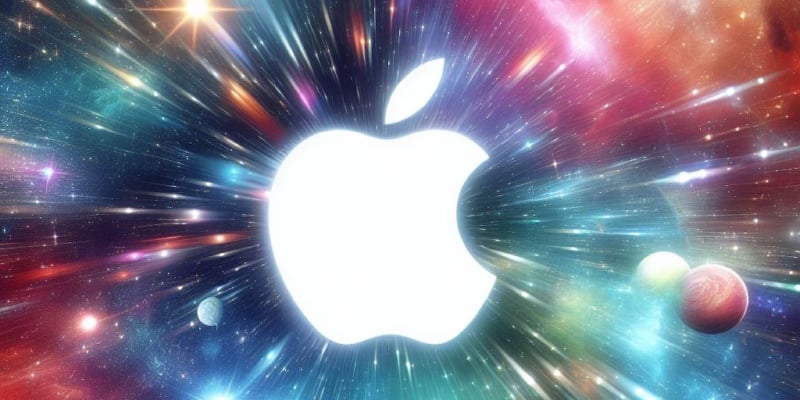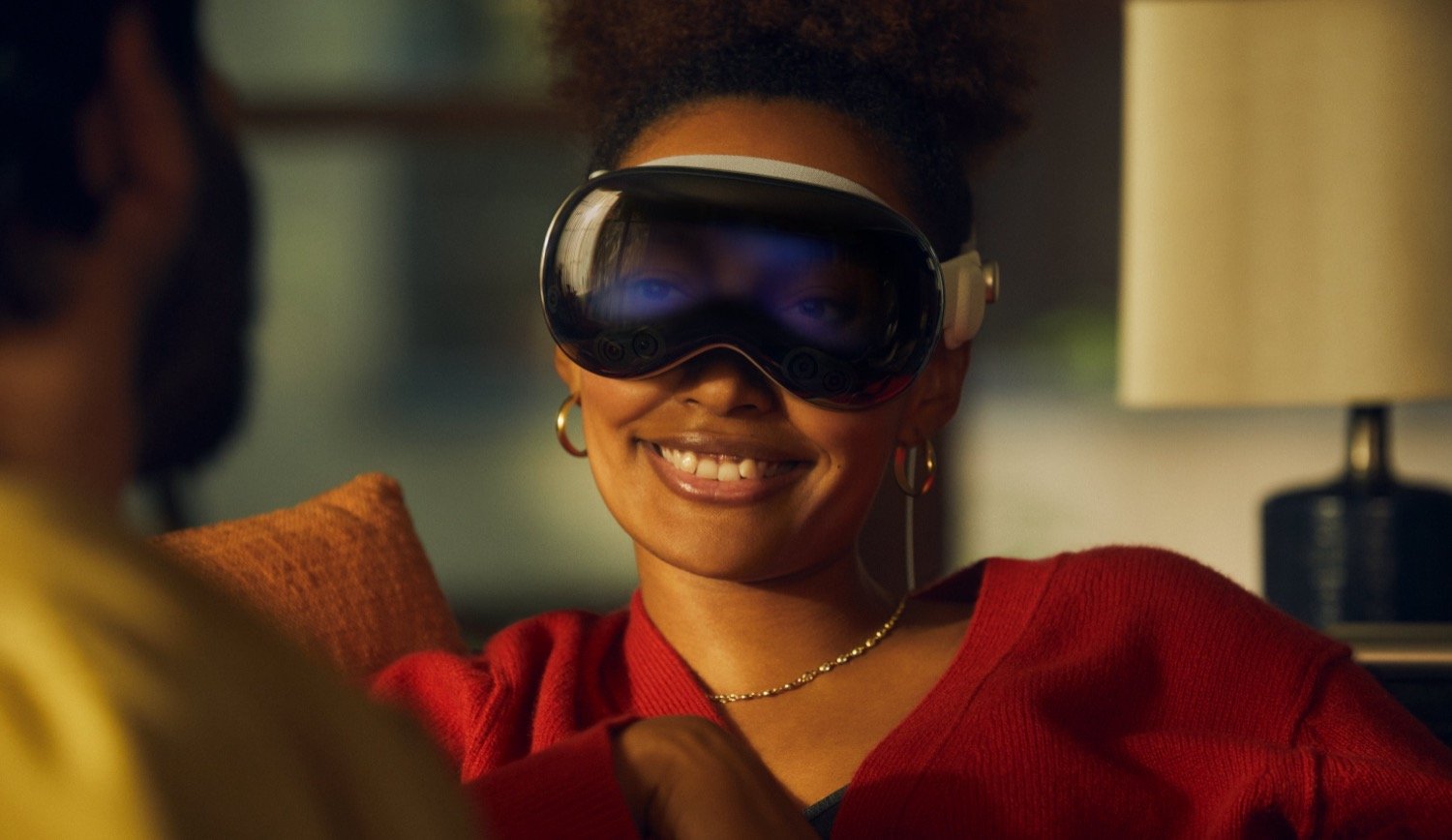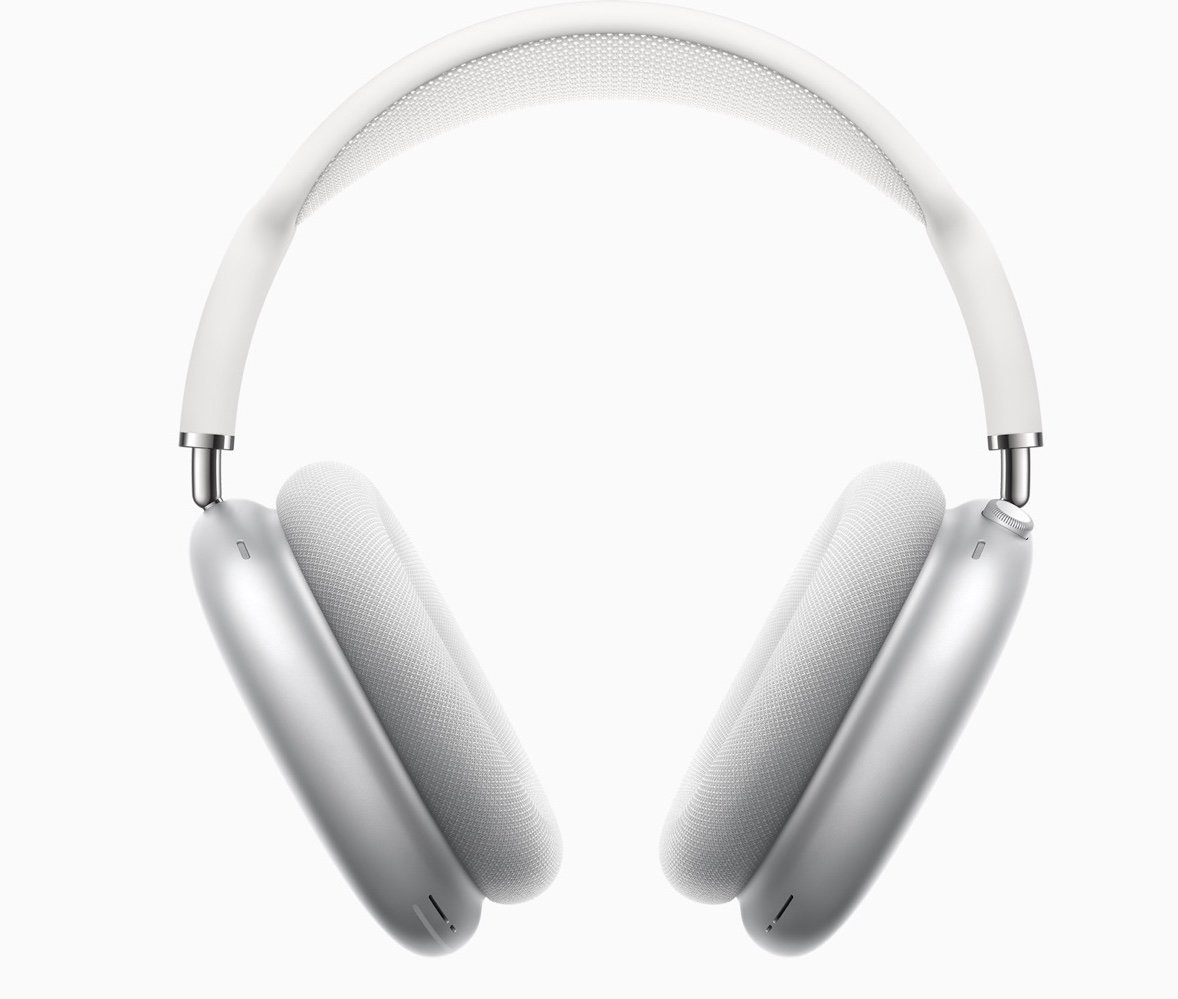What to expect from Apple in 2024: hardware, software, AI, and more
Posted on
by
Kirk McElhearn

Apple is going to release a lot of new hardware and software in 2024. First of all, Vision Pro is coming soon—a major new Apple product. And we’ll get lots of updates to existing hardware lines this year as well, from the iPhone and Apple Watch in the fall, as usual, and new iPads and Macs. Plus, Apple will release new software, focusing on AI enhancements, and incorporating changes in response to regulatory requirements in the EU and elsewhere.
In this article, we’ll take a deeper dive into each of these anticipated changes, and more. Here’s our overview of what to expect from Apple in 2024. (See also our 2024 Apple malware forecast.)
In this article:
Apple Vision Pro
Apple releases new products every year, but it’s rare that the company introduces a totally new product category. They did this in 2007 with the iPhone, in 2010 with the iPad, in 2015 with the Apple Watch, in 2016 with AirPods, and in 2018 with the HomePod. This year, the company is preparing to release its latest new product, which is a whole new computing platform: Apple Vision Pro, an AR/VR headset that will be available in the US on February 2.

As is often the case, Apple didn’t invent the idea of the product; they refined the existing paradigm of virtual reality (VR) and augmented reality (AR) goggles. Apple calls its visionOS platform a type of “spatial computing,” riffing on the spatial audio that has been present on Apple devices for the past few years.
With a hefty starting price of $3,500 (plus the cost of custom reading or corrective lenses, $100 or $150, if you wear glasses), this product will not be accessible to many people. Naturally, Apple is planning on less expensive versions of the Vision Pro in the future, but it’s not clear how well people will adopt this form of 3D computing.
Apple is reportedly preparing to sell only tens of thousands of units at launch. In spite of its high pricetag, it’s expected that the first batch of units may sell out the same day that pre-orders start in the U.S., on January 19 at 5:00 AM Pacific.
iPhone
Apple releases new iPhone models every year. This year will be no exception; 2024 will see the introduction of the iPhone 16 and iPhone 16 Pro, around September. Cameras may be realigned to better support spatial videos that can be viewed in 3D on Vision Pro. Other than that, little is known or expected about the usually iterative iPhone updates this fall.
It’s also expected that Apple will introduce a new iPhone SE (4th generation) this year. It is likely to arrive around March or April, based on when previous models were released in 2016, 2020, and 2022. This year’s SE will likely include Face ID and the Dynamic Island to bring it up to par with other models. Thus, 2024 will bring the end of Touch ID on the iPhone.
iPad
The company has also released at least one new iPad model each year since the introduction of the first device in 2010. Well, that was true until 2023, when there were no iPad updates whatsoever. There’s no regular schedule for iPad releases as there are for iPhone models, and the amount of time between iterations of each iPad version have ranged from one to nearly three years.

The fact that Apple has held off on updating iPad models since October 2022 could suggest some major changes to all the devices. Simplifying the iPad product line could be beneficial; Apple currently sells the iPad (two generations of it), iPad Air, iPad Pro (in two sizes), and iPad mini.
Apple could potentially remove one of the larger models, and make the iPad purchasing decision similar to that of the iPhone: iPad and iPad Pro.
As for the iPad mini, there have been rumors of its demise in the past, and in recent years, it has lagged the most in updates. The last update to the iPad mini was in March 2022, so perhaps all the iPad models will be updated sometime in the spring.
Time will tell whether any 2024 iPad models will still support Touch ID, or whether all new models will switch to Face ID instead.
Mac
The transition of the Mac to Apple silicon has proved successful, with all new Macs now running on Apple’s M-series processors. It’s unlikely that we’ll see updates to many of these in the first half of the year since both the iMac and MacBook Pro were updated in October. However, Apple likes to update its top-of-the-line models at its Worldwide Developer Conference in June, so we may see updates to the Mac Pro and Mac Studio, both of which would feature faster M3 processors.

Many iMac users lament the fact that there is only one size for that computer. The current 24-inch iMac sits between the pre-Apple silicon models that were 21.5-inch and 27-inch. Apple has said that they will not be re-introducing a 27-inch iMac. But perhaps Apple will make a 30-inch or larger model. Currently, Apple sells two displays, with only one that’s somewhat affordable. The more affordable one is the $1,500 Apple Studio Display at 27 inches. Apple’s other display is a 32-inch Retina 6K “Pro Display XDR” which starts at a whopping $5,000. So an in-between, 30-inch iMac that doesn’t break the bank might be attractive to many users.
AirPods

Another hardware product that hasn’t been updated in a long time is the AirPods Max. It has been more than three years since this product was introduced. It’s hard to know if it’s just not selling well enough, or whether Apple doesn’t have any new features worth adding to these headphones. This is not a product that needs annual updates, and three years is not a terribly long time, even though AirPods Pro sports a newer chip. If it’s good enough, why change it? On the other hand, Apple’s Beats Studio Pro were just updated in mid-2023, have a retail price of only $350, and incorporate newer technology than the current AirPods Max.
It’ll be a hard sell to get a lot of current AirPods Max owners to upgrade; at $550, these are expensive headphones, and Apple’s Beats headphone lineup is much cheaper.
Check out our guide to choosing the best AirPods or the best Beats headphones for you.
Apple Watch

As for the Apple Watch, it is on an annual upgrade cycle, and we’ll see new models along with the iPhone 16. Rumors suggest that the Apple Watch 10 will feature a new design, with thinner cases and a new method for connecting Apple Watch bands. There are also rumors that coming Apple Watch models will have a form of blood pressure detection, though not as precise as that recorded with a cuff, as well as sleep apnea notifications. And there is talk of a micro-LED display on a premium model, either for 2024 or 2025.
Software
macOS, iOS, iPadOS, watchOS, and tvOS
As always, we’ll see new versions of Apple’s major operating systems this year. We’ll get our first look at macOS 15, iOS 18, iPadOS 18, watchOS 11, and tvOS 18 in June at the Worldwide Developer Conference.
All of these operating systems will be released sometime in fall 2024, around September.
It’s too early to speculate whether we’ll get a second visionOS in the fall as well, since Apple Vision Pro is launching early this year. But it wouldn’t surprise us to see Apple talking a lot about visionOS at WWDC.
Artificial intelligence (AI)
With the popularity of generative AI tools like ChatGPT, Apple has to react. As Mark Gurman points out in his Power On newsletter, “Apple is way behind in AI and it’s a major risk for a company that considers itself the top innovator in consumer technology.” It’s very likely that we’ll see some announcements at Apple’s Worldwide Developer Conference around AI tools, perhaps using Ferret, Apple’s open-source large language model (LLM).
With Apple’s focus on privacy, it’s unlikely that they will want to offer users a generative AI tool that collects data and sends it to the cloud. Instead, Apple can leverage the neural engine in the chips that they have designed for Macs, iPhones, and iPads, to perform on–device actions. This tool could perform tasks such as enhanced auto-complete, translation, summarization of documents, and perhaps improve Siri.
AI could be rolled into the operating systems and into Apple’s iWork apps: Pages, Numbers, and Keynote. Many other companies’ photo editing apps use AI tools to remove and select objects, perform outpainting (extend photos), and select the best faces from a series of photos and merge them, like Android’s Best Take feature. Apple needs to catch up with these photo tools, because the current version of Apple Photos is very limited.
Third-party app stores
Also on the software front, 2024 will see Apple introducing third-party app stores to iOS and iPadOS, to comply with EU regulations. Apple has appealed this decision, but it’s likely that the EU regulations will go ahead, and Apple will have to allow other app stores on its devices. Japan and other countries may also join the fight against Apple this year (as we reported in episode 324 of the Intego Mac Podcast).
The biggest question that remains is whether or not Apple will limit third-party app stores to the EU and other countries with the same mandate. Apple could alternatively roll out support for third-party app stores around the world simultaneously, or sometime after the EU gets the functionality.
See also our article discussing potential security implications of sideloading and third-party app stores.
If Apple allows sideloading in iOS 17, how will iPhone security be affected?
RCS text messaging for better Android compatibility
Apple also seems likely to face a large antitrust investigation by the U.S. Department of Justice, focusing on the tight integration of software and hardware on its devices. This includes, for example, the fact that the Apple Watch only works with iPhones, and that its iMessage text-messaging service is only available for Apple devices.
As for iMessage, Apple has said Messages will support the RCS (Rich Communication Services) standard sometime this year. This will improve compatibility with Android devices, enabling higher-resolution videos and photos to be exchanged via texts between the platforms. It may also offer improved security over the legacy SMS and MMS standards—assuming that Apple’s proposed improvements to baseline RCS security get implemented soon. But it’s clear that the main reason Apple is getting into RCS is to attempt to fend off regulations in the EU and the U.S. that could try to force Apple to make iMessage an open standard.
The year 2024 will be an exciting one for new Apple hardware and software. But Apple will also face many challenges, including strong competition in the AI market, regulatory bodies going after Apple, and risks resulting from introducing its expensive new Vision Pro computing platform.
How can I learn more?
Be sure to also check out our article covering Intego’s forecast for Mac and iPhone malware in 2024!
The Mac and iPhone malware of 2023—and what to expect in 2024
 Each week on the Intego Mac Podcast, Intego’s Mac security experts discuss the latest Apple news, including security and privacy stories, and offer practical advice on getting the most out of your Apple devices. Be sure to follow the podcast to make sure you don’t miss any episodes.
Each week on the Intego Mac Podcast, Intego’s Mac security experts discuss the latest Apple news, including security and privacy stories, and offer practical advice on getting the most out of your Apple devices. Be sure to follow the podcast to make sure you don’t miss any episodes.
You can also subscribe to our e-mail newsletter and keep an eye here on The Mac Security Blog for the latest Apple security and privacy news. And don’t forget to follow Intego on your favorite social media channels: ![]()
![]()
![]()
![]()
![]()
![]()
![]()